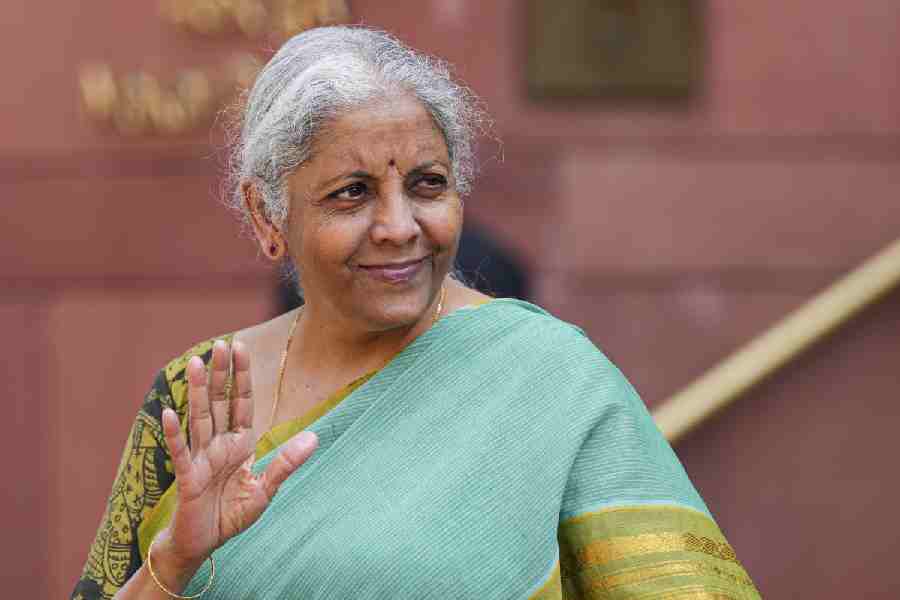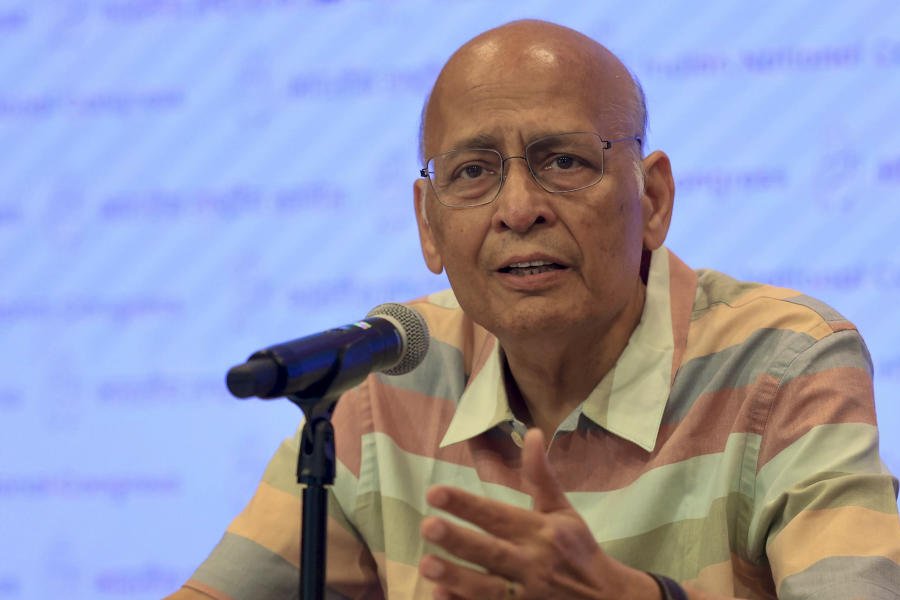Air Chief Marshal A.P. Singh met Prime Minister Narendra Modi on Sunday amid heightened tensions with Pakistan, which has threatened nuclear retaliation to any Indian military action following the Pahalgam massacre.
There was no official word on the meeting till late in the evening.
Modi’s discussions with the air chief came a day after a meeting between the Prime Minister and the navy chief, Admiral Dinesh K. Tripathi, who briefed him on naval preparedness along critical lanes in the Arabian Sea, sources said.
Modi had after meeting the three services chiefs last week asserted that the armed forces had “complete operational freedom” to decide on the mode, targets and timing of India’s response to Pahalgam.
Pakistan’s ambassador to Russia has warned that Islamabad might use its full military arsenal, including nuclear weapons, if attacked by India.
In an interview with Russian broadcaster RT on Saturday, Muhammad Khalid Jamali, Pakistan’s top diplomat in Moscow, said Islamabad had credible intelligence that India was planning military strikes on Pakistani territory.
“The frenzied media of India and the irresponsible statements coming out from that side has compelled us…. And there are some leaked documents whereby it has been decided to strike certain areas of Pakistan,” Jamali said.
“So that makes us feel that this is going to happen and it’s imminent…. We are going to respond this time and respond with the full spectrum of power. We will use the full spectrum of power, both conventional and nuclear.”
At an event on Sunday, Rajnath Singh said that as defence minister it was his “responsibility to give a befitting reply to those who dare to attack” India. “I want to assure you that under the leadership of PM Modi, what you desire will certainly happen,” he said.
The Indian Army on Sunday alleged unprovoked firing by Pakistan across the Line of Control for the 10th consecutive day, adding that Indian troops had responded promptly and proportionately.
The army said said firing was reported in multiple sectors including Kupwara, Baramulla, Poonch, Rajauri, Mendhar, Naushera, Sunderbani and Akhnoor.
Ajay Bisaria, former Indian high commissioner to Pakistan (2017-20), said in an ANI podcast: “For any operation to succeed, you need three elements: Speed, surprise and secrecy. There is an issue of choosing our timing, and that should not be dictated by the public mood.”
Bisaria added: “We have to fight this battle on our own. When you escalate, you have to be prepared for the worst-case scenario, which is an uncontrolled escalation where you could even be fighting a full-scale war. And have the capacity, intent, political will, and national will to be able to do that.”
India has alleged “cross-border linkages” to the April 22 Pahalgam terror attack that killed 26 people, and promised to go to the “ends of the earth” to punish those involved.
A day after the attack, India announced a raft of punitive measures against Pakistan, including the suspension of the Indus Waters Treaty, shutting of the land border crossing at Attari, and downgrading of diplomatic ties.
In response, Pakistan closed its airspace to all flights to and from India and suspended all trade with India, including any through third countries.
Eye in sky
The Defence Research and Development Organisation (DRDO) successfully carried out the maiden flight trials of a stratospheric airship platform that is being developed to boost the military’s surveillance capabilities.
The DRDO said the prototype flight was a “milestone” towards the achievement of lighter-than-air, high-altitude unmanned platform systems that can remain airbornefor long periods at stratospheric heights, carryinginstruments.













